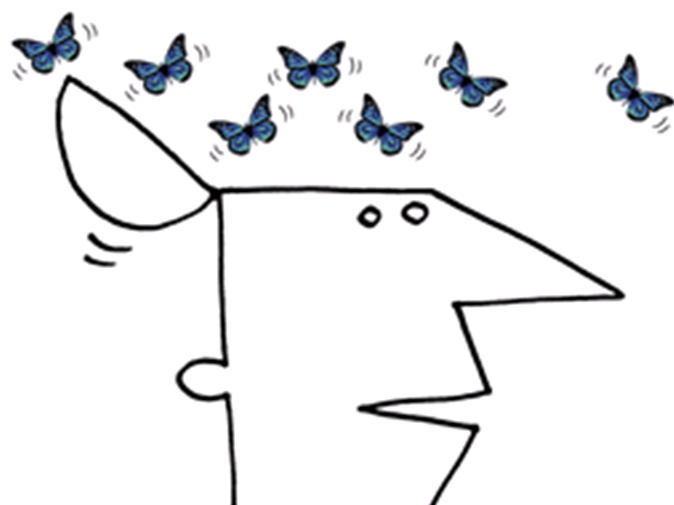Can leaders learn how to be inspiring speakers and writers? Martin Shovel explores how picture thinking can work wonders.
The words of a skilled speaker or writer create light in the minds of others. We instantly 'see' what they mean, we are enlightened. Their words grab our attention by stimulating our imaginations and touching our hearts. How is it that some people can do this while others leave us stumbling about in the dark wondering what they're talking about?
Imagery
The other day I listened to Martin Luther King's famous 'I have a Dream' speech and immediately fell under its spell. His language is full of imagery. His words spring into life as a series of tableaux that tell a compelling story about the African-Americans' titanic struggle for social equality. It's clear that King recognises the persuasive power of imagery.
He magically transforms an abstract phrase like, "racial injustice" into something palpable in, "now is the time to lift our nation from the quicksands of racial injustice to the solid rock of brotherhood." Instead of confining his appeal to our intellect, King broadens the persuasive power of his argument by hitting us in the solar plexus. He succeeds in making us feel the rightness of what he is saying because standing on solid rock is always going to feel safer than sinking into quicksand.
The speech remains positive to the end, despite the catalogue of suffering it describes. King shares his dream with us, not his nightmare. The high point of the speech is an image of prodigious positive power - one that seems capable of single-handedly healing the wounds of history. "I have a dream that one day on the red hills of Georgia the sons of former slaves and the sons of former slave owners will be able to sit down together at the table of brotherhood."
Again, abstract words like "slaves" and "slave owner" are humanised by making them characters that play out a dramatic episode. A simple dash of colour - "red" -brings the "hills of Georgia" to life - you can almost feel the roughness of the sandstone between your fingers. A vague aspiration like "brotherhood", is miraculously transformed (echoes of the Eucharist) into a solid and achievable thing - a table - something we can see and touch, something comfortable and familiar. A solid reality where enemies can meet, break bread together and make peace.
Charisma
In a study of historic presidential speeches, titled 'Images in Words', Professor Cynthia Emrich, and colleagues, discovered that U.S. presidents now thought of as charismatic by historians used lots of image-based words in their language - they were also regarded as more effective leaders. These findings are in line with other research that suggests that effective leaders and communicators use more picture words and imagery in their language than other people.
King's speech shows us that even abstract words and concepts can be made more pictorial and memorable by presenting them as part of an image or metaphor. We are rarely persuaded by reason alone. When advertisers want to make us buy or politicians want to grab our vote, they tap into the vast power of our visual brain by using images to make their pitch. Part of the power of images is that they can make us feel and think in the same instant - they cast their net wide by appealing to the head and the heart.
Doodle
George Orwell, an acknowledged master of clear thinking and communication, believed that it was probably "better to put off using words as long as possible and get one's meaning as clear as one can through pictures and sensations."
So next time you're trying to write or explain something, reverse your usual process - don't start with words, begin instead with images. Explore what you're trying to say by drawing it and let your doodles lead the way. Relax, take your time and eventually - sooner than you think - you'll happen upon an image that just feels right. As you begin to explore and unpack it, you'll discover that it works precisely because it's also a rich metaphor for what you want to express. Once the right image is in place, the hard work is done. Words will come to it like moths to a light.
* Martin Shovel is co-director of CreativityWorks, a learning consultancy that transforms people into more effective thinkers and communicators by developing their visual thinking abilities. Find out more by visiting www.creativityworks.net.
Other articles by this author:
- Originality: It's A Sin?
- Drawing Sensation!
- Free Thinking: No Laughing Matter
- Free Thinking: Drawing People In
- The Way I See It … Feel the Fear and Draw it Anyway









